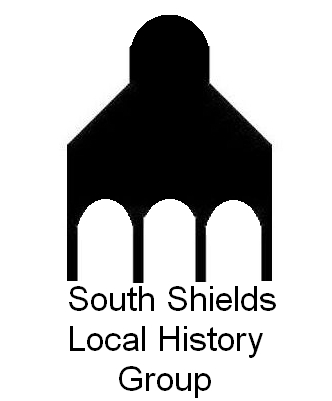King Street really came into existence after 1768 when 8 acres of land was purchased by the Durham Dean and Chapter, two acres were used to create the Market Square and the remainder was used for the “building of dwelling-houses, shops and warehouses” with forty year leases.

King Street then became a small row of houses mainly for the middle classes such as doctors, solicitors and merchants which ended at Waterloo Vale, where Tyne Bargain is now. It is not until 1827 that King Street and East King Street stretched all the way to Fowler Street or Sunderland Road as it was called then.

In 1829 gas lighting was introduced to South Shields then in 1896 King Street was lit by electric lighting. Though some businesses had their own way of lighting up the area!

During the nineteenth century King Street slowly became less residential and more commercial. It had: banks, houses, offices, pubs, theatres, workshops but shops did not dominate King Street until the mid 1800s. Shops would be at street level but above the shops there were many businesses and offices.

The Stanhope and Tyne Railway was built above and across King Street in 1834.

During World War 2 King Street was badly damaged due to German bombing, though their target would have been the docks along the river. The section from Crofton’s on the corner of the market through to Woolworth’s was completely destroyed and took many years to rebuild due to post war austerity.

King Street was a thriving shopping centre until the 1980s when industrial decline, the opening of the Metro Centre and the growth of supermarkets led to its demise. King Street would become pedestrianised in the 1980s in an effort to try and make it more amenable to shoppers and reduce accidents.
Today like many shopping areas King Street is struggling with a plethora of closed shops an abundance of charity shops and general lack of customers.
Who knows maybe King Street may return to being a residential area?
A Stroll “Doon Street”
